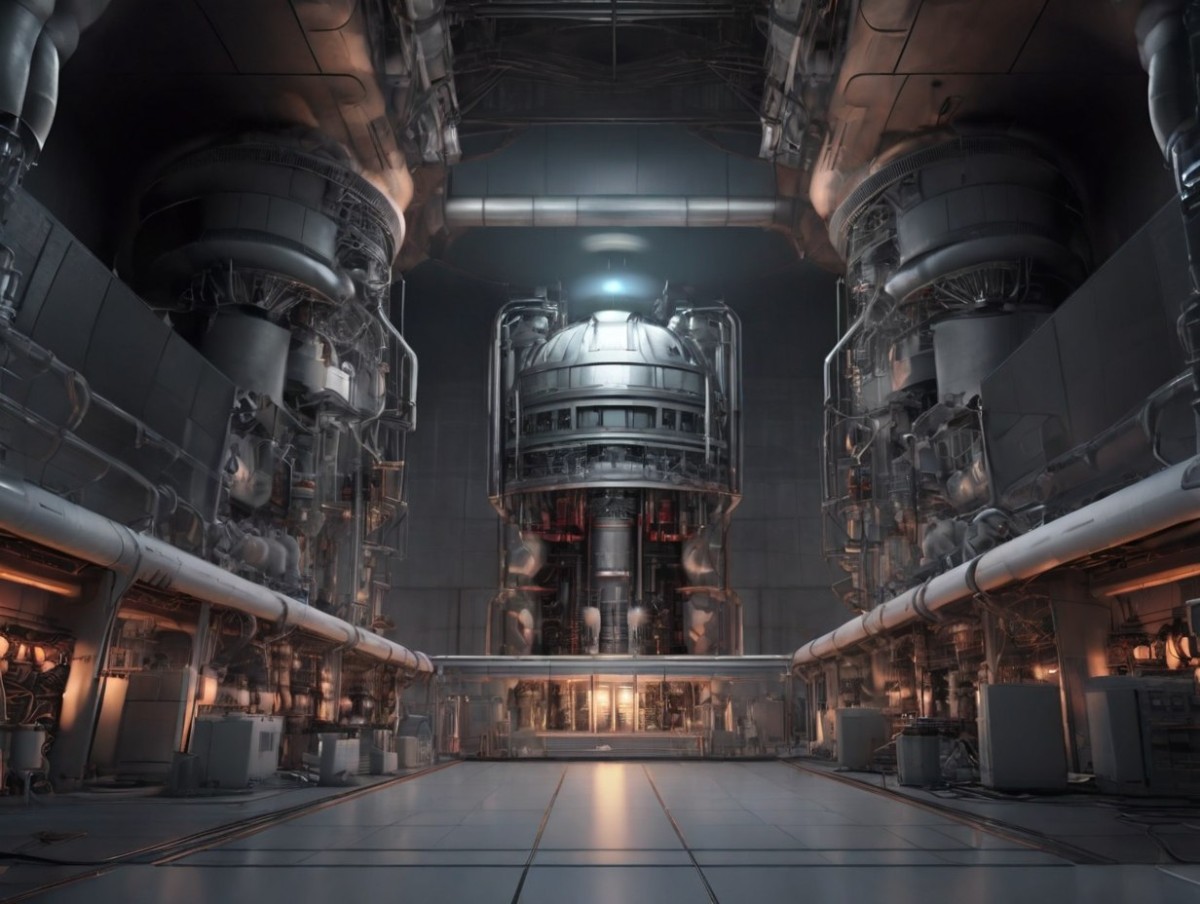As the demand for energy in AI data centers continues to soar, experts are exploring innovative solutions to meet these escalating power requirements. Among the alternatives under consideration are small nuclear reactors (SMRs) capable of individually powering data centers, potentially revolutionizing the industry’s energy landscape.
AI Data centers embrace SMRs
The exponential growth of AI technologies has propelled data centers into a realm of unprecedented power consumption.
Addressing this challenge, industry leaders are turning their attention to SMRs as a viable solution to mitigate energy demands.
These compact reactors offer the promise of localized power generation, reducing reliance on traditional grid infrastructure.
Industry investments and technological advancements
Major players in the AI sector, including Microsoft and OpenAI, are actively investing in the development of SMRs to power their data centers.
Job postings from Microsoft indicate a strategic initiative to integrate SMRs into their infrastructure, while OpenAI CEO Sam Altman’s backing of nuclear startup Oklo underscores the industry’s commitment to exploring alternative energy sources.
Regulatory landscape and future prospects
Despite the potential benefits of SMRs, regulatory hurdles remain a significant challenge in their widespread adoption. Concerns surrounding nuclear energy safety necessitate rigorous oversight and approval processes.
While the US Nuclear Regulatory Commission has taken steps towards evaluating SMR designs, including NuScale Power’s recent approval, navigating regulatory frameworks remains a complex endeavor.
Overcoming challenges and path forward
The path to implementing SMRs on a commercial scale involves overcoming technical and logistical obstacles.
Standardizing production processes and streamlining manufacturing are essential steps towards realizing the full potential of SMRs in powering AI data centers.
While progress is underway, the timeline for widespread deployment remains uncertain, prompting companies to explore interim solutions to meet immediate energy demands.





